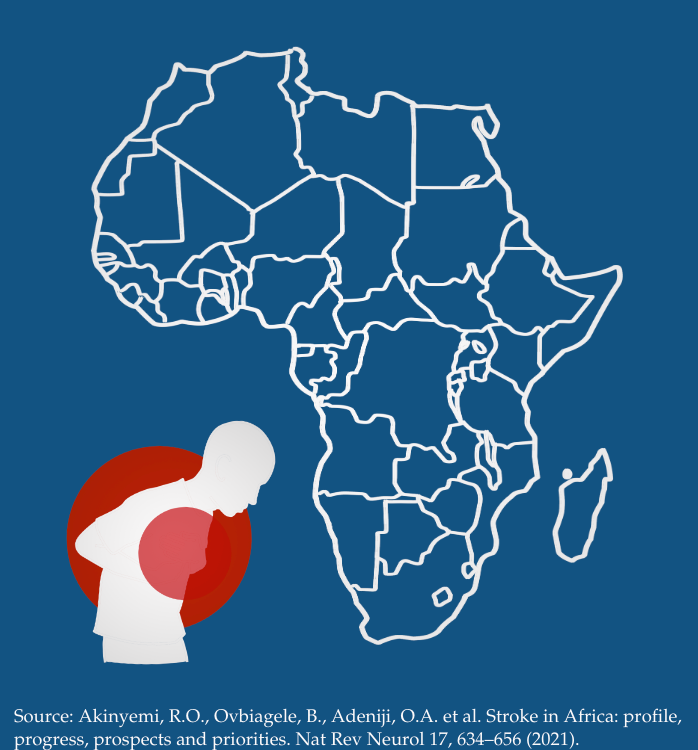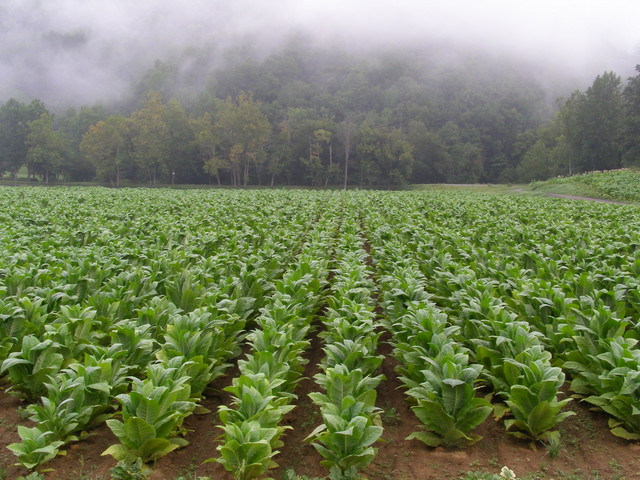Achieving Sustainable Development Data: Where, and How?
When it comes to implementing Agenda 2030, country partners have shared two main data and digital pain points: knowing where Sustainable Development Goal (SDG) data will come from, and how to ensure this information is useful beyond reporting.
On the first point – where does this SDG data come from? Interestingly, the network of development data is a lot more interconnected (and interdependent) than you might think. While UN Agencies are responsible for reporting on indicators globally, they often rely on national statistical offices and other ministries (of health, education, agriculture) as official country-level data sources. In addition to this network (and often in parallel), development partners, civil society, and other non-official groups also produce relevant in-country information.
So, SDG data mostly comes from the national level – often governments, sometimes other actors. The problem? As a colleague from Paris21 said, over the past decade “we have invested in producing data, not in nationally-produced data.” As a result, national statistical offices are often under-resourced, and coordination between and amongst official and non-official data producers is lagging. Save the Children — Nepal felt this lack of coordination within government, when trying to find disaggregated health statistics; Open Schools Kenya seeks to bridge the gap between “official” census and community-sourced education data; and monitoring and evaluation coordination between development partners and national governments remains mixed.
All official and non-official producers encounter challenges around data quality, methodology, and timeliness. All have valid reasons for using (or not) each other’s data. But as we’re seeking sustainable progress – progress that can be maintained by countries themselves – we need to get smarter about reducing data collection duplications, and coordinating investments and use.
With these coordination challenges – and the wealth of development-relevant data that exists – how can we turn 230 indicators into evidence-based decision-making? The answer: it’s complex. We’ve heard from country partners that resources (financial and human), capacities (human and technical), and enabling environments – high-level expectations that data should be used to inform programming – are crucial (and often missing) to ensure information is used.
Technology is not the solution to sustainable development programming. However, it can help turn data into information, and information into action. Tools that support data management — from Excel-based toolkits to enterprise Information Management Systems — can help “democratize” access to information. Technologies that can build upon existing databases, like GIS or data visualizations, can help draw out insights, and bridge the “techie/non-techie” divide. Finally, these management and analysis tools can turn data into an understandable narrative for data-driven leaders, and help citizens understand (and demand!) policy change.
Now that we know the how and the where – what’s next? At DG, we’re working with country partners to better coordinate and use data for decision-making; we’re also building out a portfolio of tools for national and sub-national officials seeking to do more with development data. Stay tuned over the coming weeks as we continue exploring how we can push the bounds of digital and data for development.
Share This Post
Related from our library

Demystifying interoperability: Key takeaways from our new white paper
This blog post gives an overview on our latest paper on interoperability, implementing interoperable solutions in partnership with public administrations. Based on over 20 years of DG’s experience, the paper demystifies key components needed to build robust, resilient, and interoperable data systems, focusing on the “how” of data standardization, data governance, and implementing technical infrastructure.

More Smoke, More Stroke
In honor of this year’s World Stroke Day, observed annually on October 29th, this piece aims to raise awareness of the substantial burden of non-communicable diseases–particularly stroke incidents–using the case study of Nigeria, one of the main tobacco production hubs on the continent, in addition to Kenya.

Healthy Farming, Healthy Planet: The Environmental Case Against Tobacco Farming
While all agriculture has an environmental impact, tobacco is unique in that every stage of the tobacco lifecycle–from the production and consumption of tobacco to farming and disposal of the final product–wreaks havoc on the environment. In this piece, we’ll introduce the lifecycle of producing and using tobacco and explore the requisite environmental impact.